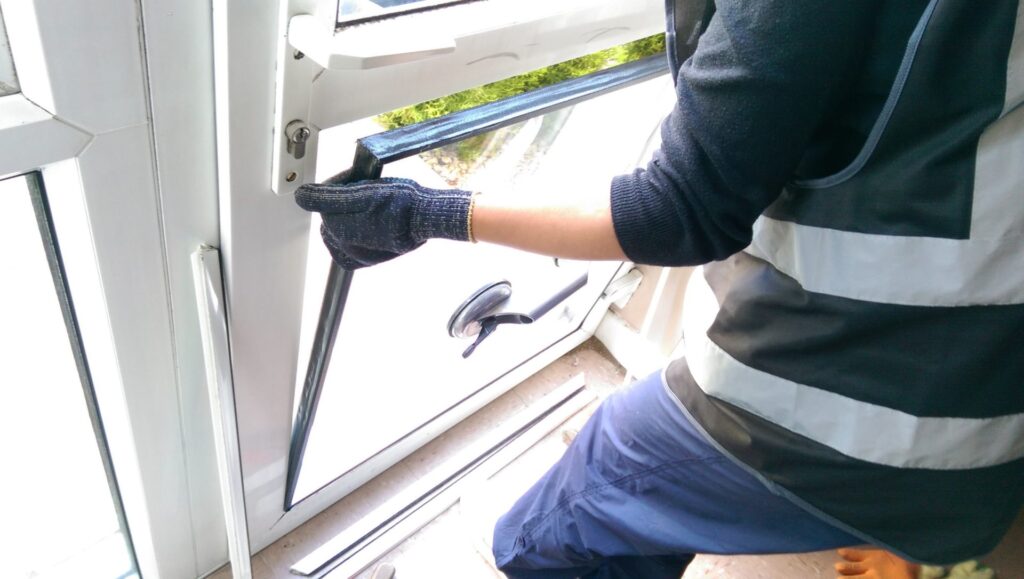Window scratches can be a considerable problem for homeowners and automobile owners alike. They can obstruct views, affect aesthetic appeals, and even handle the inbound light. While deep scratches might need professional intervention, many small scratches can be gotten rid of through different DIY methods. This short article will supply a comprehensive summary of effective methods for window scratch removal, the essential materials, and often asked concerns to help readers in attaining a clear and scratch-free surface.
Scratches on windows can develop from numerous sources, consisting of:
Different types of window materials, such as glass, plexiglass, or acrylic, might have varying susceptibilities to scratches. Thus, it's crucial to recognize the window type before choosing on a removal technique.
The following table describes various methods for removing scratches from windows, together with the associated materials and techniques.

| Strategy | Materials Needed | Actions |
|---|---|---|
| 1. Baking Soda Paste | Baking soda, water, soft fabric | 1. Mix baking soda with water to form a paste. 2. Apply to the scratched location using a soft cloth. 3. Rub carefully in a circular movement for a few minutes. 4. Wash with water and dry with another cloth. |
| 2. Tooth paste | Non-gel tooth paste, soft fabric | 1. Use a little quantity of toothpaste straight on the scratch. 2. Carefully rub in a circular motion with a fabric. 3. Clean away excess with a moist cloth. 4. Dry totally. |
| 3. Glass Polishing Compound | Glass polish, soft cloth | 1. Apply a percentage of glass polish to a clean fabric. 2. Rub it into the scratch using circular motions. 3. Buff the area until clear. 4. Tidy the surface with a wet cloth. |
| 4. Cerium Oxide | Cerium oxide powder, water, soft cloth | 1. Mix cerium oxide powder with water to form a paste. 2. Apply to the scratch utilizing a felt applicator or soft cloth. 3. Rub in a circular movement for a number of minutes. 4. Clean the location with a moist fabric to eliminate residue. |
| 5. Great Sandpaper | 2000-grit sandpaper, water | 1. Dampen the sandpaper and window. 2. Gently rub the scratch in a straight line. 3. Rinse and dry the area completely. 4. Apply glass polish to restore clearness. |
To mitigate the risk of future scratches, think about the following preventive measures:
Not all scratches can be efficiently removed. Deep fractures or chips frequently require professional repair or replacement. Small surface scratches, nevertheless, can frequently be treated using the methods discussed above.
Utilizing sandpaper can run the risk of further scratching if done incorrectly. If you choose to utilize this technique, choose for extremely great sandpaper (2000-grit) and use very little pressure. This strategy typically works as a last hope; for this reason, caution is advisable.

Typically, glass windows are transparent and cold to the touch. Acrylic or plexiglass windows are typically lighter, more versatile, and may have a somewhat plastic texture. Think about performing a scratch test in an unnoticeable location; glass will chip while acrylic will scuff.
Professional glass repair services often have specialized tools and compounds for scratch removal. While numerous scratches can be reduced, complete restoration might not always be possible, especially with deep abrasions.
Routine cleaning is suggested, however it needs to be performed with care. Cleaning window surface areas about as soon as a month with the suitable items and techniques can help maintain their clarity and prevent the accumulation of dirt that leads to scratches.
Window scratches can decrease the charm and performance of glass surface areas. Nevertheless, understanding efficient removal strategies and taking preventive procedures can substantially improve a window's durability and appearance. By utilizing simple family items or specialized items, house owners and automobile owners can frequently restore clarity and ensure a continued clear view. With the right understanding and tools, maintaining scratch-free windows is possible.
No Data Found!
